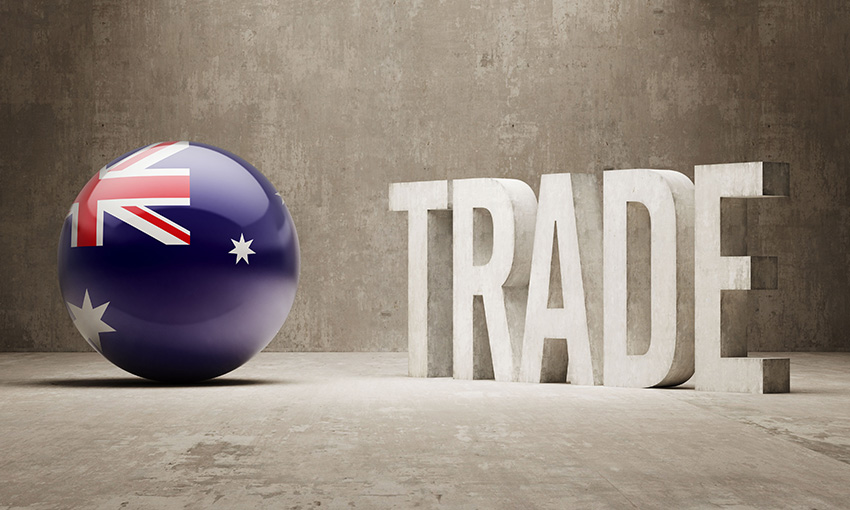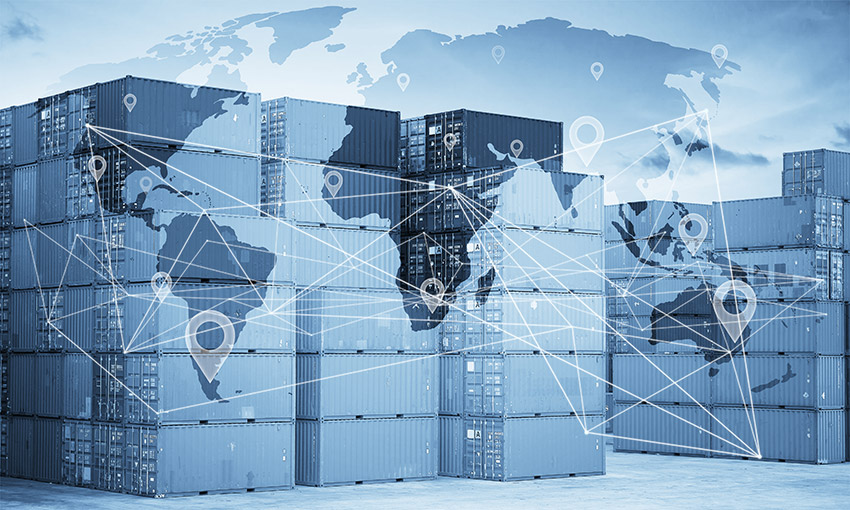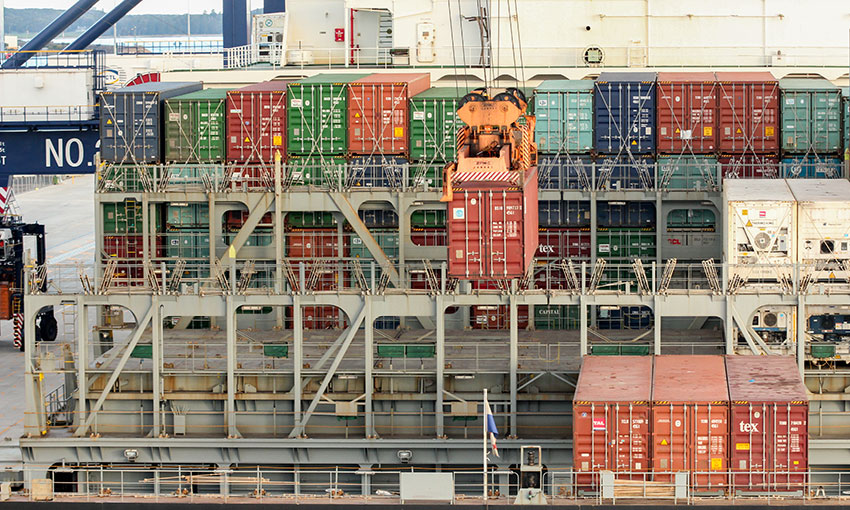MANY people look forward to a new year as a time for celebration. However, for importers and exporters and their service providers, including licensed customs brokers and freight forwarders, the start of the next new year is also a time for close attention to some significant changes to their regulatory regime.
Commencement of the RCEP on 1 January
I have previously written regarding a new significant new free-trade agreement (FTA) for Australia in the Regional Cooperation and Economic Partnership (RCEP) affecting all the ASEAN countries and countries having FTAs with those countries, including Australia, New Zealand and China. The commitment of China is potentially of significance regarding its recent trade disputes with some of the other parties to the RCEP.
On commencement, the RCEP will be the largest FTA in the world. Details of its development and content and a link to the text of the RCEP and its associated annexures can be found here.
Commencement of the RCEP required ratification by a set minimum number of ASEAN and non – ASEAN countries which has now taken place with a scheduled commencement date of 1 January 2022.
Australia recently passed enabling legislation through Parliament following a positive recommendation for ratification by our Joint Standing Committee on Treaties. That legislation has now received Royal Assent.
As with the commencement of any FTA, ratification is not the last step in the process of the FTA coming into effect. The next step will entail domestic implementation of the RCEP in all countries which have ratified the RCEP. Given the ratification of the RCEP by a number of parties, the commencement of the RCEP for those parties will commence on 1 January 2022.
The relevant provisions to the Customs Act 1901 (Customs Act), the Customs Tariff Act 1995 (Tariff Act) and associated regulations will commence on that day including a new set of provisions in the Customs Act and a new schedule to the Tariff Act. According to the Explanatory Statement for the Act amending the Customs Act:
The Customs Amendment (Regional Comprehensive Economic Partnership Agreement Implementation) Bill 2021 (the Customs Amendment Bill) will make complementary amendments to the Customs Act 1901 (the Customs Act) to introduce new rules of origin for goods imported into Australia from a Party to the Agreement. The new rules will determine whether goods are RCEP originating goods and therefore eligible for preferential customs duty treatment in accordance with the Agreement. These rules will be set out in new Division 1N of Part VIII of the Customs Act.
The amendments to the Tariff Act are described in the relevant Explanatory Statement:
- providing a ‘Free’ rate of customs duty for goods that are RCEP originating goods (other than goods listed in new Schedule 14), with effect from entry into force of the Agreement for Australia;
- inserting a new Schedule 14 to: (i) specify the phasing rates of customs duty for certain RCEP originating goods that will incrementally reduce to ‘Free’ by, at the latest, the 19th calendar year after the Agreement enters into force for Australia; (ii) maintain rates of customs duty on certain alcohol, tobacco and petroleum products equivalent to the rates of excise duty payable on the same good when locally manufactured; and (iii) maintain rates of customs duty on certain goods consistent with the negotiated outcomes of the Agreement; and
- amending Schedule 4 to maintain customs duty rates for certain RCEP originating goods in accordance with the applicable concessional items.
In the usual course, both the Department of Foreign Affairs and Trade and the Australian Border Force will publish additional material to assist industry to use the RCEP. This will include details on rules of origin, the specific codes to be used in claiming preference in the ABF’s Integrated Cargo System and proposed forms of Certificate or Declaration of Origin.
We will review that material once it has been made available and hope to conduct a webinar on the specific provisions for implementing the RCEP in December 2021 before it comes into effect. In the meantime, readers would be well advised to inform their clients regarding the RCEP and whether their imports and exports may be better handled under the RCEP, other than under any other FTAs being used for the countries as parties to the RCEP and how that could be handled.
2022 Harmonised Tariff to commence on 1 January
One of the examples of trade regulation evolving over time is the development of a new version of the international harmonised tariff every five years. The work in developing the revised version of the tariff is conducted through representatives to the World Customs Organization (WCO) to develop a new tariff to include new goods, evolutions in existing goods and to remove classifications which are not thought to be relevant for further use. The final version of the new Harmonised Tariff is issued in both English and French versions and then needs to be implemented by all WCO members. The previous change, effected in 2017 was a difficult time, as it crossed over with a Federal election, but the 2022 changes currently face no such impediment. The relevant implementing legislation has been passed, has received Royal Assent and the proposed commencement date is 1 January 2022.
There is extensive preliminary information available at the moment which should be reviewed, including an Australian Customs Notice (ACN) issued by the ABF found here, the ABF’s concordance between the 2017 and 2022 changes found here and the ABF’s page for the 2022 changes found here.
Those affected in industry need to look regularly at the ABF page on 2022 changes as it may include changes to Tariff Advices, Tariff Advice Products and Tariff Concession Orders whose classifications used 2017 tariff classifications which were changed by the 2022 tariff classifications.
Again, more detail will be provided and it is important that parties in industry check whether the tariff classifications of their goods is changed and whether any instruments issued in relation to the goods is changed by the ABF or subjected to new applications.
A new Tariff Heading for additive machinery
If you were to look at the current version of the Third Schedule to the Tariff Act, there is currently an unused Tariff Heading at 8485. This will no longer be the case after 1 January 2022 as the new “2022 Tariff” introduces a new Tariff Heading which applies to machines for “additive manufacturing” which is the formal term used to refer to 3D printers. Details of changes taken from the Explanatory Memorandum for the new legislation provides as below.
- Item 281 Schedule 3 (before heading 8486)
- This item inserts new heading 8485 and new subheadings 8485.10.00 to 8485.90.90 for machines for additive manufacturing.
- New heading 8485 applies to machines for additive manufacturing.
- New subheading 8485.10.00 applies to machines for additive manufacturing by metal deposit. The classification of these goods transfers from subheading 8463.90.00.
- New subheading 8485.20.00 applies to machines for additive manufacturing by plastics or rubber deposit. The classification of these goods transfers from subheading 8477.80.00.
- New subheading 8485.30 applies to machines for additive manufacturing by plaster, cement, ceramic or glass deposit.
- New subheading 8485.30.10 applies to machines for additive manufacturing by glass deposit. The classification of these goods transfers from subheading 8475.29.00. 10
- New subheading 8485.30.90 applies to machines for additive manufacturing by plaster, cement or ceramic deposit. The classification of these goods transfers from subheading 8479.89.90.
- New subheading 8485.80 applies to all other machines for additive manufacturing of heading 8485.
- New subheading 8485.80.10 applies to machines for additive manufacturing by paper pulp, paper or paperboard deposit. The classification of these goods transfers from subheading 8441.80.90.
- New subheading 8485.80.90 applies to all other machines for additive manufacturing of subheading 8485.80. The classification of these goods transfers from subheadings 8465.99.00 and 8479.89.90.
- New subheading 8485.90 applies to parts of machines for additive manufacturing of heading 8485.
- New subheading 8485.90.10 applies to parts for machines of subheading 8485.10.00. The classification of these goods transfers from subheading 8466.94.00.
- New subheading 8485.90.20 applies to parts for machines of subheading 8485.20.00 or 8584.30.10. The classification of these goods transfers from subheadings 8475.90.90 and 8477.90.00.
- New subheading 8485.90.90 applies to all other parts for machines for additive manufacturing of 8485.30 and 8485.80. The classification of these goods transfers from subheading 8479.90.90.
- These changes do not alter the rate of customs duty applicable to the goods.
Again, members of industry will need to review these new headings to see if they fit more specifically to the goods which are imported or exported or whether they want to seek new Tariff Advices confirming whether the new tariff classifications are applicable to their goods. There may also be grounds to apply for new or revised Tariff Concession Orders applying to the goods with their new tariff headings.
A new year’s resolution for industry – relief from tensions in the supply chain
The ongoing congestion in the sea cargo supply chain, taken together with the lack of supply of services, delays and increased costs in those services and ongoing industrial action continues to create significant tension in the supply chain. There has been significant coverage of these issues in the media and how they jeopardise both the timely delivery of goods (including Christmas presents) and the availability of transport for the export of locally – produced goods. The ACCC recently released its Container Stevedoring Monitoring Report for 2020-21.
The ACCC’s conclusion is as follows:
The container industry will eventually recover from the COVID-19 pandemic. Operation of the global supply chain will likely be restored, and global freight rates will subside. However, the relatively poor performance of Australian container ports and ongoing disruptions across port operations are making Australia a less attractive destination for international shipping lines. It is critical for Australia to entice more shipping lines to provide services on Australian container trade routes, while also facilitating effective competition between them. This will influence the level of container freight rates that Australian cargo owners will face in the future. Australia needs to act by:
- addressing industrial relations and restrictive work practices issues across the supply chain
- ensuring that privatised ports do not levy excessive rents and charges
- repealing Part X of the Competition and Consumer Act 2010
- investing in infrastructure to fix inefficiencies in the supply chain caused by larger ships, lack of rail access to Australian container ports and shortage of space in empty container parks.
Without this, Australia may end up being serviced by fewer shipping lines than would otherwise be the case. This would mean less competitive tension between shipping lines, and freight rates on Australian trade routes would likely be higher than they would otherwise be. As a result, Australian exporters would be less competitive in overseas markets, and Australian businesses and consumers would pay higher prices for imported goods. The cost of not addressing these issues is likely to be significant for many Australian businesses, consumers and the Australian economy as a whole. The ACCC will continue to monitor stevedores’ performance and charging practices. The ACCC will also monitor broader developments in the supply chain.
These recommendations go further than previous recommendations of the ACCC in its earlier Monitoring Reports and many of them reflect the position of other parties in the supply chain and other commentators.
However, they are only recommendations and there is no current suggestion of government action on any of these recommendations. I have been involved in actions and submissions regarding supply-chain issues, including a proposal for a new Federal Maritime Commission in Australia with specific expertise and powers. The real problem is that we are yet to see any significant initiatives from government on these supply-chain issues.
It is my hope that in the remainder of 2021, both sides of government find the issues of adequate importance to include them in their promises for the federal election in the first part of 2022.





